Imagine a plate vibrant with color, brimming with nature’s bounty—crisp greens, tender grains, hearty legumes, and a spectrum of fruits that delight both the eye and the palate. Embracing a plant-based diet is more than a choice; it’s an invitation to explore the rich tapestry of flavors and textures that come from the earth. But what exactly should fill your meals to nourish your body while honoring this lifestyle? In this guide, we’ll unfold the essentials of what to eat on a plant-based diet, offering practical tips and inspiration for creating balanced, delicious meals that celebrate the power of plants.
Table of Contents
- Choosing Whole Foods for Optimal Nutrition
- Incorporating Diverse Protein Sources on a Plant-Based Diet
- The Role of Healthy Fats in Plant-Powered Eating
- Smart Carbohydrate Choices to Fuel Your Body
- Balancing Vitamins and Minerals with Plant-Based Ingredients
- Delicious and Easy Plant-Based Meal Ideas for Every Occasion
- Q&A
- Insights and Conclusions
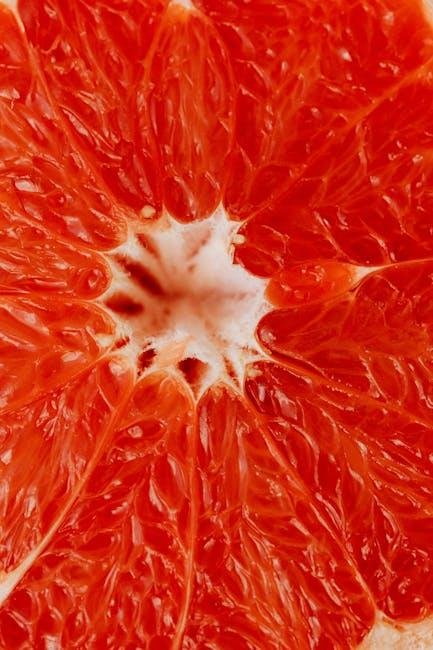
Choosing Whole Foods for Optimal Nutrition
Embracing a diet centered around unprocessed, natural foods is a powerful way to nurture your body and mind. Whole foods, such as fresh fruits, vibrant vegetables, whole grains, nuts, and seeds provide a rich symphony of vitamins, minerals, and antioxidants that work harmoniously to boost energy and support overall wellness. Instead of reaching for isolated supplements or heavily refined alternatives, choosing whole foods allows you to experience the full spectrum of nourishment they offer, often with enhanced bioavailability and synergistic benefits.
Incorporating whole foods into your daily meals can be both delightful and simple. Focus on foods in their most natural state—crisp apples, hearty quinoa, lush spinach leaves, and crunchy almonds. To guide your choices, consider this quick reference for nutrient-dense whole plant foods:
| Food | Key Nutrients | Benefits |
|---|---|---|
| Chickpeas | Protein, Fiber, Folate | Supports digestion and muscle health |
| Kale | Vitamin K, Vitamin C, Calcium | Promotes bone strength and immune function |
| Quinoa | Complete Protein, Magnesium | Energy production and muscle recovery |
| Blueberries | Antioxidants, Vitamin C | Improves cognitive health and skin vitality |
| Walnuts | Omega-3 Fatty Acids, Protein | Supports brain health and reduces inflammation |

Incorporating Diverse Protein Sources on a Plant-Based Diet
Embracing a variety of protein sources is essential to thrive on a plant-based diet. Beyond just beans and lentils, numerous other plant-powered options can enrich your meals and ensure a complete amino acid profile. Try incorporating quinoa, a grain that’s also a complete protein, alongside nuts and seeds such as chia, hemp, and pumpkin seeds. Nutritional yeast is another underrated gem—it not only boosts your protein intake but also adds a savory, cheesy flavor to dishes. Experimenting with different legumes like chickpeas and black-eyed peas can keep your meals exciting while delivering necessary nutrients.
To get a quick overview of these protein-packed foods, consider the following table which highlights some popular plant-based options and their approximate protein content per 100 grams:
| Food Item | Protein (g) | Key Nutrient |
|---|---|---|
| Quinoa | 14 | Complete Protein, Magnesium |
| Lentils | 9 | Iron, Fiber |
| Chia Seeds | 17 | Omega-3, Calcium |
| Tofu | 8 | Calcium, Iron |
| Edamame | 12 | Vitamin K, Folate |
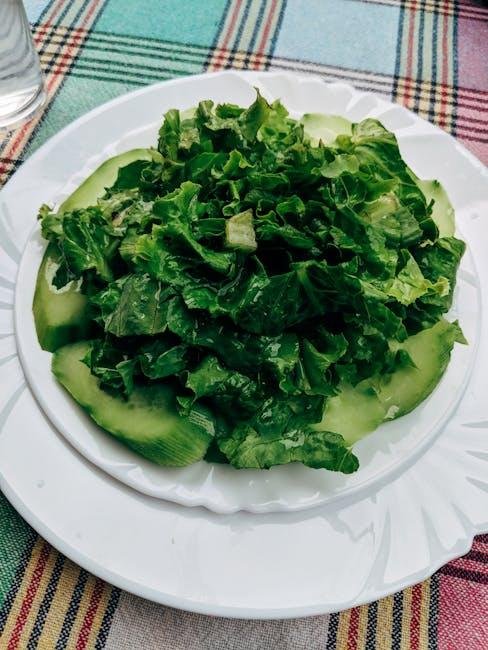
The Role of Healthy Fats in Plant-Powered Eating
Incorporating healthy fats into a plant-based diet is essential for maintaining optimal health and enhancing the absorption of fat-soluble vitamins like A, D, E, and K. These fats also play a crucial role in supporting brain function, hormone production, and cellular integrity. You can find these nourishing fats in a variety of vibrant, whole-food sources such as:
- Avocados, rich in monounsaturated fats
- Chia seeds and flaxseeds, excellent plant-based omega-3 sources
- Olive oil, ideal for drizzling on salads or cooking low-heat meals
- Walnuts and almonds, offering both fats and essential antioxidants
Balancing these fats throughout the day not only energizes your meals but also cultivates a feeling of fullness and satisfaction, making plant-powered eating both delicious and sustainable. Below is a quick reference guide to some common plant-based fat sources, highlighting their key benefits:
| Food Source | Main Fat Type | Health Benefit |
|---|---|---|
| Avocado | Monounsaturated | Supports heart health and inflammation reduction |
| Chia Seeds | Omega-3 (ALA) | Boosts brain health and reduces inflammation |
| Olive Oil | Monounsaturated | Enhances nutrient absorption and antioxidant status |
| Walnuts | Polyunsaturated (Omega-3) | Supports cognitive function and heart health |

Smart Carbohydrate Choices to Fuel Your Body
Opt for complex carbohydrates that release energy steadily, helping you maintain focus and stamina throughout the day. Whole grains like quinoa, brown rice, and barley are excellent choices. Incorporating a variety of legumes such as lentils, chickpeas, and black beans not only adds fiber but also a punch of protein. You’ll find these foods nourishing and sustaining without the energy crashes associated with refined sugars or simple carbs.
When planning your meals, consider this quick reference for some smart carbohydrate options:
| Smart Carbohydrate | Benefit | Suggested Use |
|---|---|---|
| Sweet Potatoes | Rich in vitamins, slow-digesting carbs | Roasted or mashed as a side dish |
| Oats | High in fiber, supports digestion | Breakfast porridge or smoothies |
| Barley | Helps regulate blood sugar | Soups and salads |
| Chickpeas | Protein-rich, versatile | Hummus, stews, or roasted snacks |
Balance is key: pairing these carbs with healthy fats and plant proteins will keep your body fueled and your mind sharp, all while honoring your plant-based lifestyle.
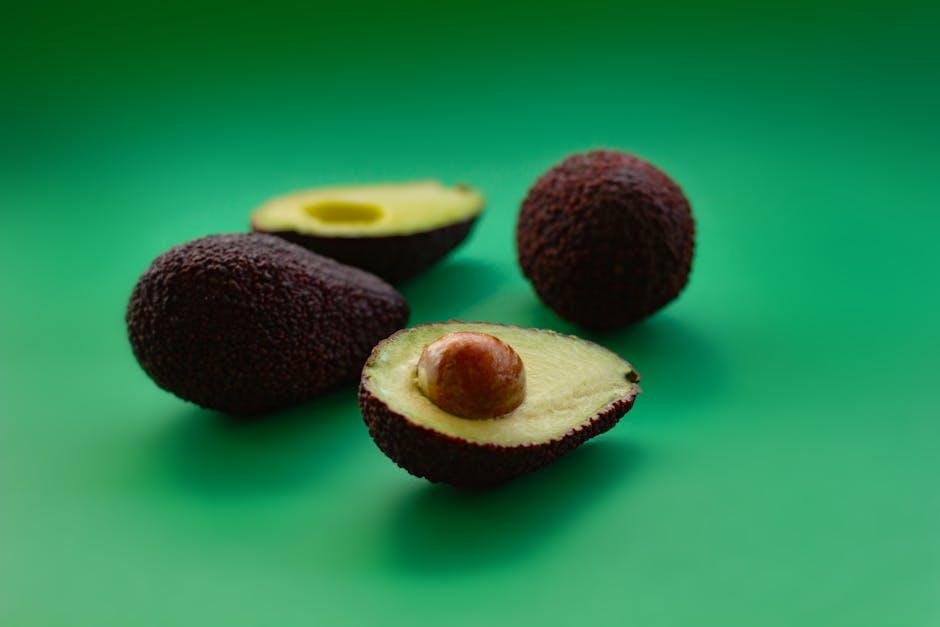
Balancing Vitamins and Minerals with Plant-Based Ingredients
Achieving the right balance of vitamins and minerals on a plant-based diet requires thoughtful selection of ingredients. While plant foods are naturally rich in many nutrients, some key vitamins like B12, iron, and calcium may need extra attention. Incorporate nutrient-dense options such as fortified plant milks, nutritional yeast, and legumes to boost these essential elements. Don’t forget to combine vitamin C-rich foods like citrus fruits or bell peppers with iron-rich plants, such as spinach and lentils, to enhance absorption efficiently.
Diversity is your best friend when it comes to micronutrient intake. Embrace colorful vegetables, seeds, nuts, and whole grains to cover a broad spectrum of minerals and vitamins. Here’s a quick reference for balancing your daily intake using common plant-based foods:
| Nutrient | Plant-Based Sources | Tips to Enhance Uptake |
|---|---|---|
| Vitamin B12 | Fortified cereals, nutritional yeast | Consider supplements or fortified foods |
| Iron | Lentils, chickpeas, spinach | Pair with vitamin C-rich foods |
| Calcium | Tofu, kale, almonds | Use fortified plant milks |
| Omega-3 Fatty Acids | Chia seeds, flaxseeds, walnuts | Include ground seeds for better absorption |
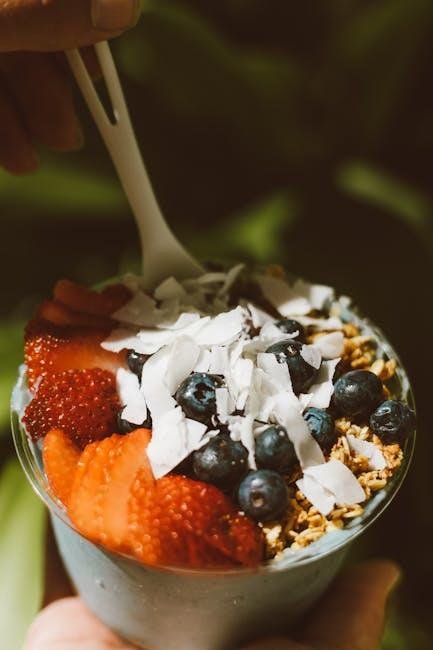
Delicious and Easy Plant-Based Meal Ideas for Every Occasion
Exploring plant-based meals doesn’t mean sacrificing flavor or fun. Whether you’re prepping a quick weekday dinner or planning a festive gathering, a variety of vibrant ingredients can come together to create dishes that are both satisfying and nutrient-packed. Think hearty lentil stews bursting with aromatic herbs, colorful grain bowls topped with crisp veggies and creamy avocado, or homemade veggie burgers that rival their meaty counterparts in taste and texture. Incorporating tofu, tempeh, and nutritional yeast adds depth and umami, making meals feel indulgent yet wholesome.
Simple swaps and creative combinations can elevate everyday cooking. For example, roasted chickpeas sprinkled with smoked paprika make an addictive snack, while spiralized zucchini noodles tossed with basil pesto bring freshness to dinner plates. Use this quick guide to mix and match plant-based staples:
- Proteins: lentils, black beans, chickpeas, tofu, tempeh
- Grains: quinoa, brown rice, farro, bulgur
- Veggies: spinach, kale, bell peppers, sweet potatoes
- Flavors: garlic, ginger, fresh herbs, citrus zest
| Occasion | Ideal Plant-Based Dish | Key Ingredients |
|---|---|---|
| Weeknight Meal | Chickpea & Spinach Curry | Chickpeas, spinach, coconut milk |
| Casual Lunch | Quinoa Avocado Salad | Quinoa, avocado, cherry tomatoes |
| Family Dinner | Veggie Stir-Fry with Tofu | Tofu, bell peppers, broccoli, ginger |
| Celebration | Mushroom Wellington | Mushrooms, puff pastry, herbs |
Q&A
Q&A:
Q: What exactly is a plant-based diet?
A: A plant-based diet focuses primarily on foods derived from plants—think vegetables, fruits, legumes, grains, nuts, and seeds—while minimizing or completely excluding animal products. It’s not just about what you avoid, but more about embracing the vibrant diversity nature offers.
Q: Which vegetables are best for a plant-based diet?
A: The best veggies are the ones you enjoy! Leafy greens like spinach and kale pack nutrients, while colorful options like bell peppers, carrots, and beets add antioxidants and excitement to your plate. The key is variety and seasonality.
Q: How do legumes fit into a plant-based diet?
A: Legumes—beans, lentils, chickpeas—are powerhouse proteins that also provide fiber, iron, and other minerals. They’re essential for adding substance and nourishment, turning simple meals into hearty feasts.
Q: Are grains important? What kinds should I choose?
A: Whole grains such as quinoa, brown rice, oats, barley, and farro offer sustained energy and valuable nutrients. Opt for whole and minimally processed grains to get the full range of benefits.
Q: What role do nuts and seeds play?
A: Nuts and seeds bring healthy fats, protein, and texture to your diet. From crunchy almonds to creamy tahini (made from sesame seeds), they enhance flavor and keep you satisfied between meals.
Q: Can I get enough protein on a plant-based diet?
A: Absolutely! Combining legumes, grains, nuts, and seeds throughout the day provides all essential amino acids your body needs. Plant-based protein can be deliciously varied and nutritionally complete.
Q: How should I approach dairy and eggs?
A: Many who follow a pure plant-based lifestyle eliminate dairy and eggs. However, flexibilities exist—from avoiding them entirely to opting for plant-based alternatives like almond milk, tofu, or flax “eggs.”
Q: What about fruits? Are they just desserts?
A: Far from it! Fruits are nature’s candy and nourish your body with vitamins, fiber, and antioxidants. Incorporate them fresh, frozen, or dried—think berries in breakfast bowls or mango slices in salads.
Q: Are processed plant-based foods a good idea?
A: Moderation is key. While plant-based burgers or vegan cheeses can be convenient, prioritize whole foods for sustaining health and supporting your body’s natural balance.
Q: How do I make meals satisfying and exciting?
A: Embrace spices, herbs, and cooking techniques—roasting, grilling, steaming—that bring out layers of flavor. Creativity is your best friend on a plant-based adventure!
Q: Any tips for grocery shopping on a plant-based diet?
A: Fill your cart with colorful produce, bulk legumes and grains, a variety of nuts and seeds, and plant-based staples like tofu or tempeh. Planning meals ahead helps avoid last-minute choices that rely on processed options.
Q: Can I eat out while maintaining a plant-based diet?
A: Many restaurants now offer plant-based dishes or customizable options. Don’t hesitate to ask for modifications or explore cuisines naturally rich in plant foods like Mediterranean, Indian, or Middle Eastern.
Q: What should I watch out for nutritionally?
A: Pay attention to nutrients like vitamin B12, iron, calcium, omega-3 fatty acids, and vitamin D. Supplements or fortified foods may sometimes be necessary, so consulting a healthcare professional is wise.
Q: How do I start transitioning to a plant-based diet?
A: Start by adding more plants to your meals, experimenting with new recipes, and gradually diminishing animal products. Small, consistent steps often lead to sustainable lifestyle changes.
In summary: Embracing a plant-based diet means celebrating plants in their diverse, delicious forms. Focus on whole foods, balance key nutrients, and enjoy the journey of discovering new tastes and textures that nourish both body and soul.
Insights and Conclusions
Embracing a plant-based diet opens doors to a colorful world of flavors, textures, and nourishing bounty. Whether you’re just beginning or looking to deepen your culinary adventure, the key is variety and balance—letting nature’s vibrant produce take center stage on your plate. By choosing plants in all their forms, you’re not just fueling your body; you’re participating in a mindful way of eating that honors both your health and the planet. So savor the journey, experiment boldly, and let your meals be a celebration of life’s green abundance.



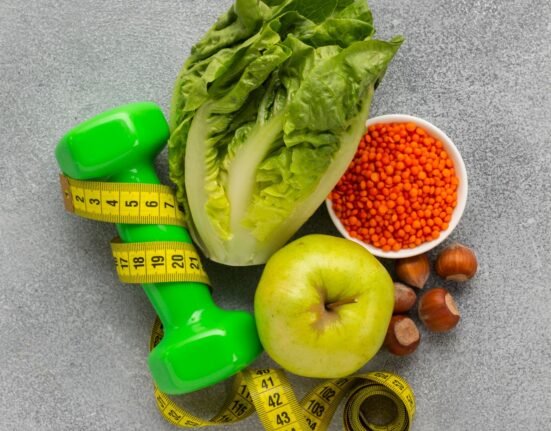




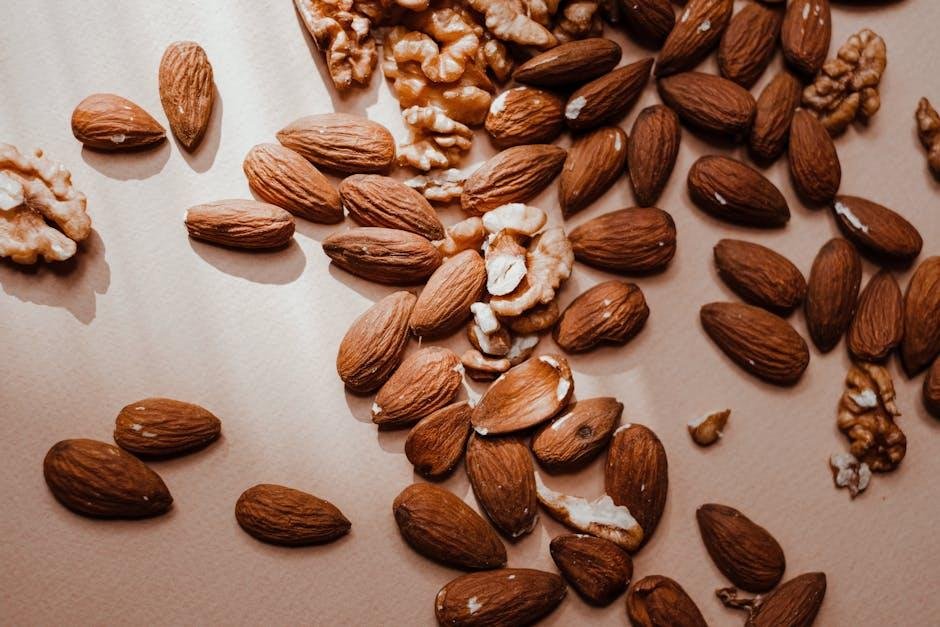






Leave feedback about this